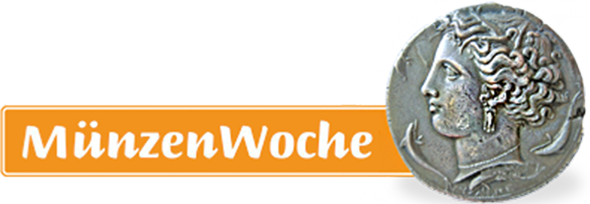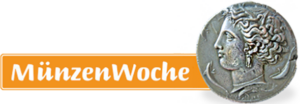Manchester Museum, University of Manchester
Wenn es kein Logo gibt, wird diese Spalte einfach leer gelassen. Das Bild oben bitte löschen.
(Dieser Text wird nicht dargestellt.)
The University of Manchester
Oxford Road
Manchester M13 9PL
Tel: +44 (0)161 275 2634
The Manchester Museum’s Money Gallery is a collaborative venture with the British Museum, under the United Kingdom Partnership Scheme. Despite its modest collection of approximately 850 objects, it aims to be universal in scope by looking at the different traditions of coinage in the West and East, as well as pre-monetary value systems.
The introductory panel looks at these early value systems, and their linguistic legacy in modern English and German. It also shows how, in certain parts of the world, traditional forms of currency continued to function until the end of the 19th century.
Starting with Early Cuneiform Tablets
The main body of the gallery runs along the side walls. The principal display cases proceed chronologically, within three broad periods: 2500 BC-600 AD, 600-1700, and 1700-present day. They begin with early cuneiform tablets of the 3rd millennium BC, which recorded transactions in weighed amounts of precious metal, move onto the invention of coinage in the West and East in the late 7th century BC, which heralded a rich and continuous 2,600-year heritage, and end with the 21st-century use of credit/ debit cards to replace paper money that, in turn, had replaced much of the coinage. On the way, many important moments in history are highlighted, and visitors can trace the movements of people and ideas that have formed much of our modern world.
The displays of objects, artifacts as well as coins, are accompanied for each particular period, by a map, with trade being the linking factor. This overarching theme of the gallery is picked up and reflected in the frieze that runs continuously over the wall cases.
Manchester’s rich social and economic history is illustrated in a choice display of medallions and tokens in the last of these cases, which provides subject matter for school projects as well as moments of nostalgia for older Mancunians.
15th-Century Fishpool Hoard
The central cases have two themes: technology and treasure. The former illustrates the different processes used to make coins over the centuries, and features examples of molds for casting the earliest pieces and iron dies used to make the hammered coins of the medieval world and modern dies for striking the new £1-coin. This display brings the story of money up-to-date with a brief review of electronic banking. The latter theme will appeal to those who dream of finding buried treasure with coins from some of the important finds from the Manchester area, as well as spectacular examples of medieval gold pieces from the famous 15th-century Fishpool Hoard. This consisted of 1,237 coins, four rings, four pieces of jewelry, and two lengths of chain found in 1966 hidden around 1464 after the Battle of Hexham during the War of the Roses.
Gallery Highlights
Some highlights of the gallery are a Mesopotamian duck weight (3rd-2nd millennium BC), Roman medallions in gold and silver (4th century), silver pennies of Edward the Elder (c.900-924) showing an Anglo-Saxon tower and the manus dei (hand of God), a 13th-century gold double dinar of Genghis Khan (d. 1227), a huge coin of the Mongol Yuan dynasty (14th century), copper plate money from Sweden (18th century), and a 1699 Bank of England £200-banknote.
This text was written by Howard M. Berlin and first published in his book Numismatourist in 2014.
You can order his numismatic guidebook at Amazon.
Howard M. Berlin has his own website.









